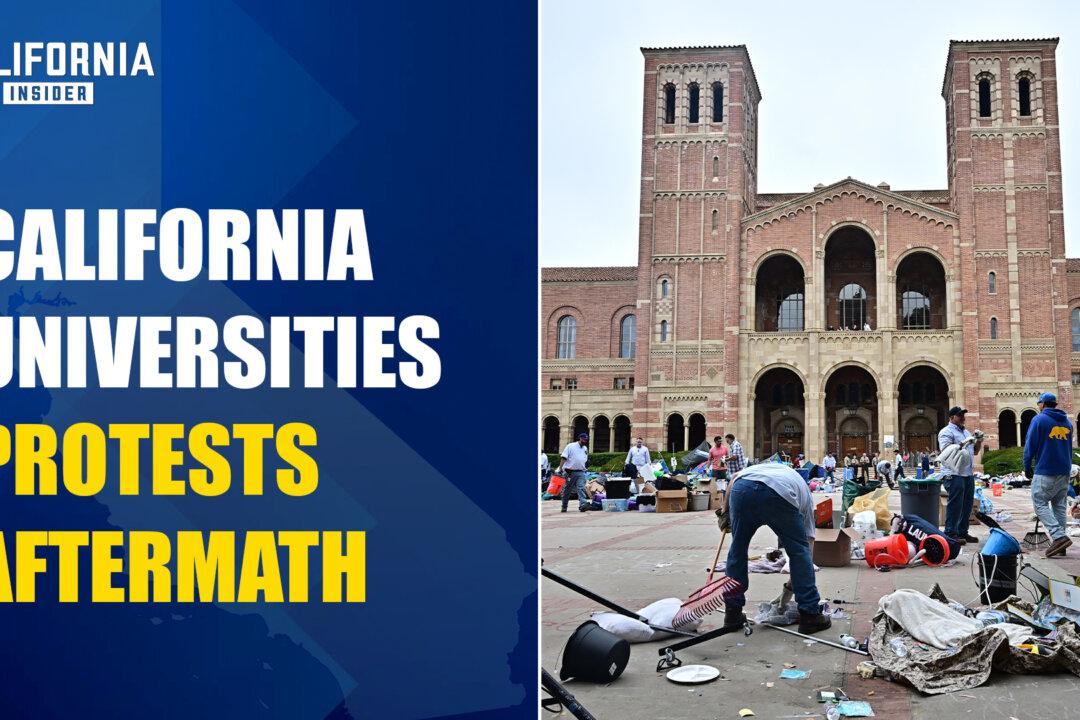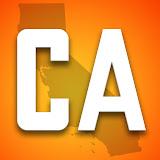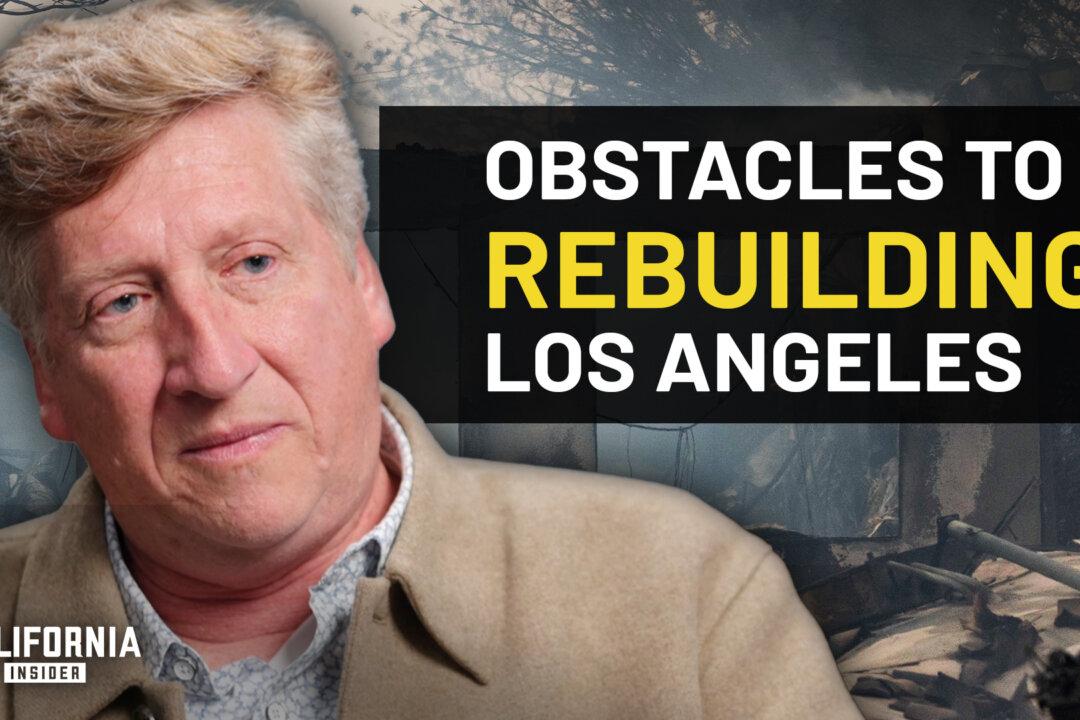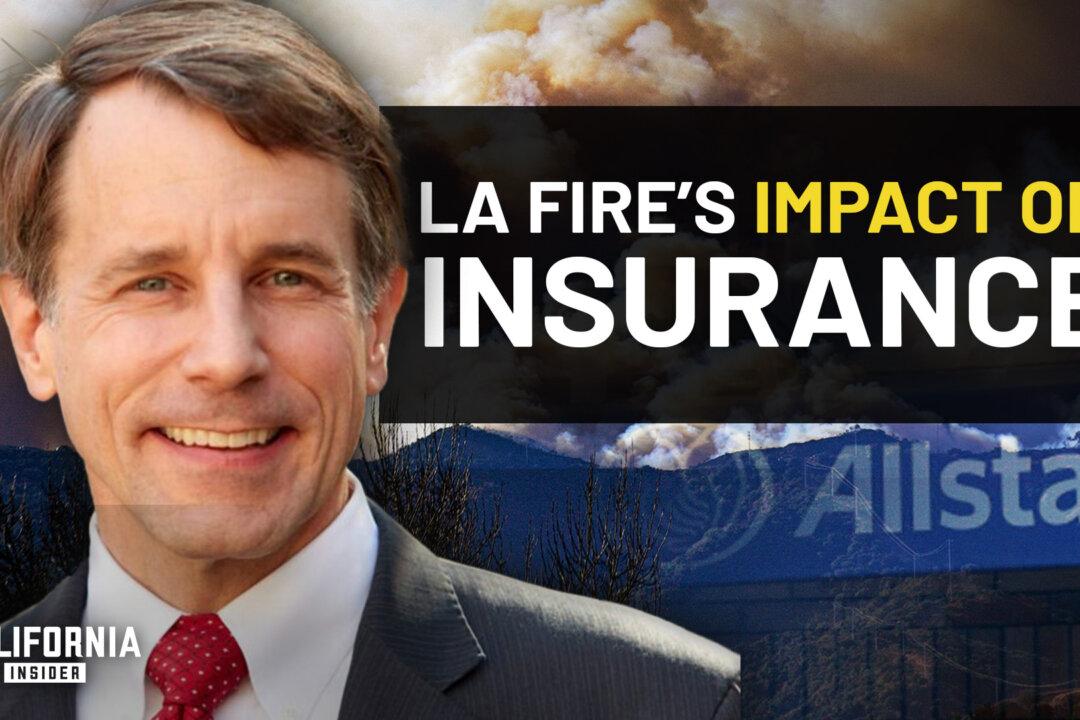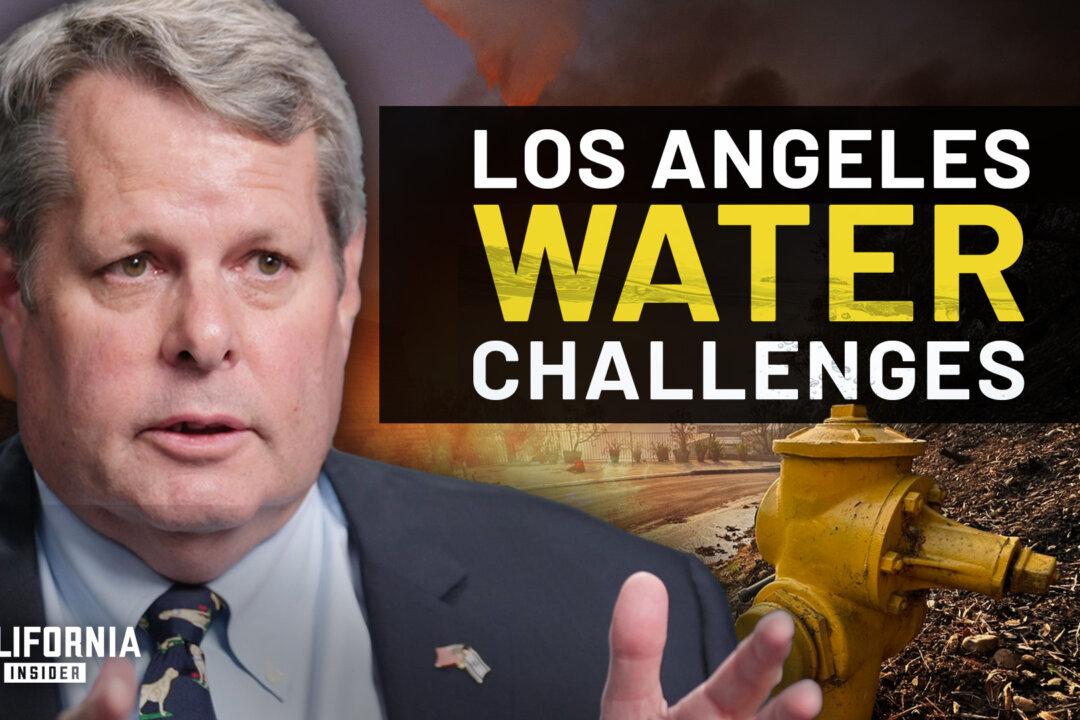Recent developments in California have triggered widespread discussions about the role of education in shaping political activism among students. From campus protests that sometimes escalate into violence to intense debates over curriculum content, the state’s educational institutions find themselves at the heart of a societal storm. This article, drawing from an interview with Will Swaim, President of the California Policy Center, explores the multifaceted issues at play and offers insights into the underlying causes and potential solutions.
0:00 - What’s Fueling California’s Campus Chaos?
2:15 - The Widespread Impact Beyond College Campus Unrest
3:15 - How Did California’s Schools Become Ground Zero for Protest?
8:21 - Where Do Parents and Adults Fall Short, and How Can We Fix It?
The Genesis of Campus ProtestsThe catalyst for the recent surge in student activism in California appears to be the international conflict involving Hamas’ attacks on Israel on October 7. Almost immediately, this event resonated across various campuses, leading to a range of student-led activities from protests to permanent encampments. These movements have sometimes devolved into serious confrontations, including assaults on students who wish to remain uninvolved.
The response of university administrations to these protests has varied significantly. For instance, Pomona College took a stringent approach by involving law enforcement to disband protesters, which contrasts sharply with other institutions that have attempted negotiation, often with exacerbating effects. These divergent strategies highlight the challenges administrators face in balancing safety, free speech, and the need for order.
The unrest on campuses does not only affect students and staff but also impacts the broader community’s perception of these institutions. This situation raises concerns about the universities’ reputations and their role within the community. Moreover, it prompts questions about the financial implications, especially considering the considerable public funding these institutions receive.
A significant portion of the debate centers on the content being taught at these universities. Mr. Swaim criticizes certain academic programs and selections for public speaking as potentially promoting ideologies that could incite further division and unrest. This concern extends beyond the universities to K-12 education, where Mr. Swaim suggests that a focus on identity politics and a departure from traditional academic rigor contribute to the readiness of students to engage in activism.
Mr. Swaim argues that the responsibility for these developments does not lie solely with the students but also with the adults and policymakers who shape the educational environment. He points to the effects of decisions made during the COVID-19 pandemic and the emphasis on certain educational content as evidence of adult responsibilities in these matters. Furthermore, he advocates for greater parental involvement and oversight in school districts as a means to counteract what he views as a drift towards radical ideologies.
The ongoing situation in California’s schools and universities presents a complex challenge that involves educational content, administrative responses, community perceptions, and the role of external political events. Moving forward requires a balanced approach that considers the educational needs of students, the safety of all parties involved, and the preservation of constructive academic and public discourse. It is crucial for all stakeholders, including educators, parents, administrators, and policymakers, to engage in open and constructive dialogue to navigate these turbulent waters and steer towards a more cohesive and supportive educational environment.
